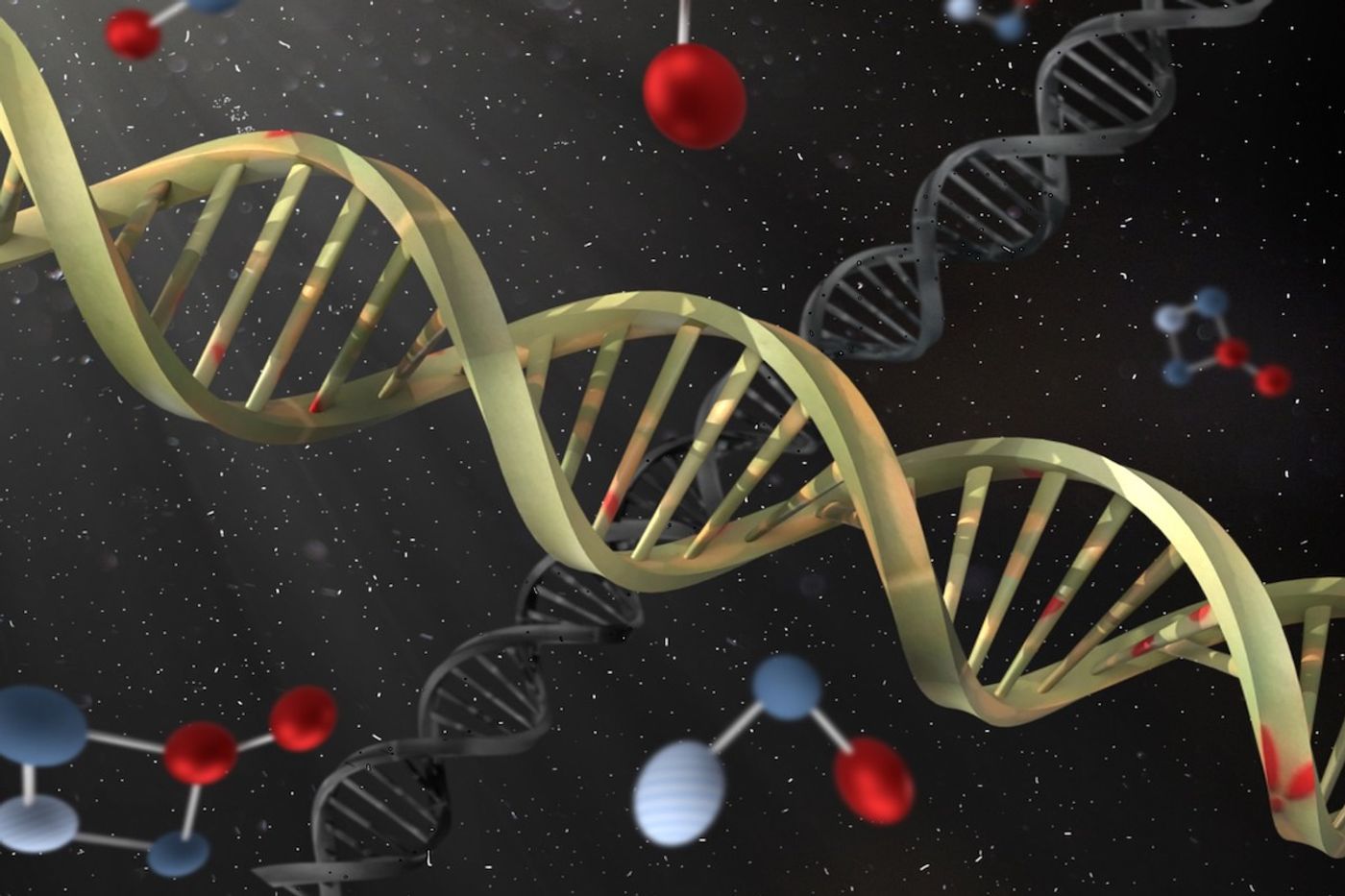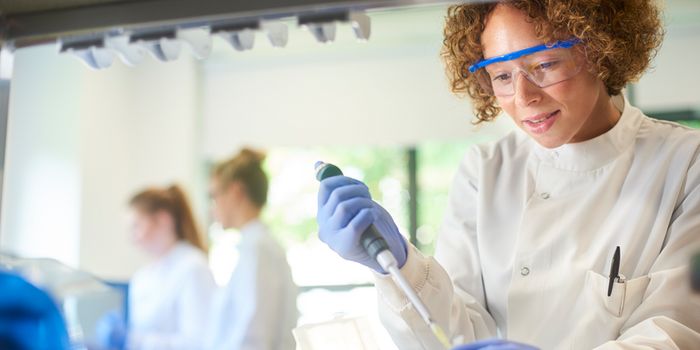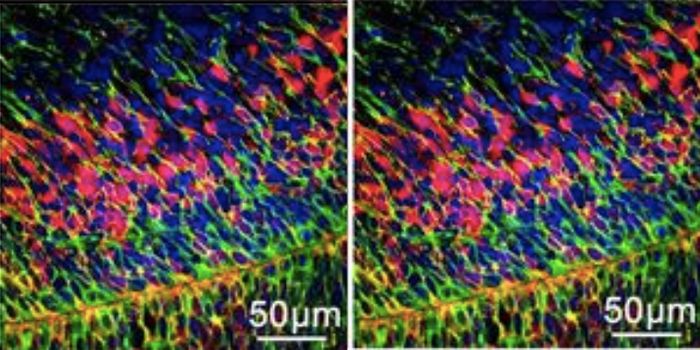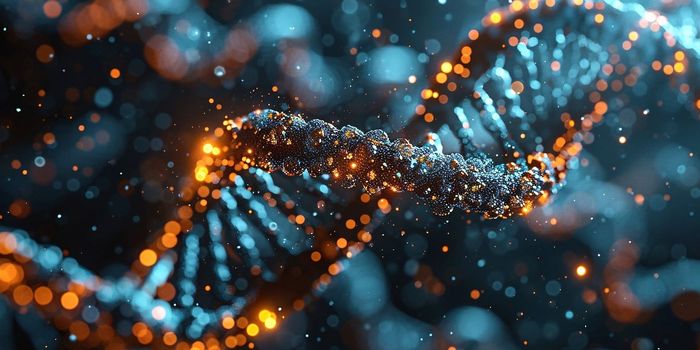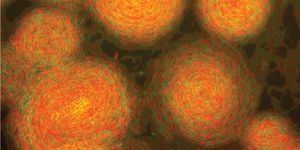A Method to Detect CRISPR Gene Editing in Organisms with UV Light
CRISPR gene editing tools have become common in biomedical research, and scientists have been able to apply this technology to a variety of species. But it has been difficult to easily determine whether an organism's genome is modified by CRISPR. Now, scientists have created a simple way for researchers to detect the use of CRISPR in plants. The team expects that their system could also be adapted for use in bacteria, fungi, or animals. The work has been reported in ACS Synthetic Biology.
In CRISPR-Cas9 gene editing, a guide RNA takes a DNA-cutting enzyme called Cas9 to a specific place in the genome of a cell, where the Cas9 enzyme can make a cut. The newly created tool acts like an alarm with two parts, explained study co-author Paul Abraham, a bioanalytical chemist at Oak Ridge National Laboratory. These two parts are a biosensor guide RNA (gRNA), which can redirect the action of the CRISPR tool, and a reporter molecule that illuminates the activity.
The detection system has to be inserted into a genome. Once in place, the biosensor gRNA stops CRISPR from binding to its target. Instead, CRISPR is redirected to another sequence, which encodes for green fluorescent protein. When that sequence is modified with CRISPR, GFP is activated, and a green glow is produced.
Normally, GFP is visible when a fluorescent microscope is used to view a specimen. For this work, the researchers used a reporter molecule called eYGFPuv instead, which can be seen with ultraviolet light that's in the same range as a black light.
“Now we can see whether CRISPR is active in real time regardless of the size, shape and location of the organisms we’re evaluating,” Abraham said. “This flexibility speeds the bioengineering process and extends the biosensors’ use in laboratory and field applications.”
It can be difficult to determine whether the CRISPR-Cas9 reagents are working as intended when they are applied to cells or organisms, so this work could make confirming genome modifications easier, speeding research. The sensor can also show whether CRISPR continues to work to modify a genome, or whether it ceases to cut the genome once the desired cuts are made. Additional cuts could be unintended, or off-target. Other CRISPR-based tools can also be identified with this approach, including base editing, prime editing, or CRISPRa. It may soon be possible to detect several of them at the same time, added Abraham.
“We’ll continue to optimize these biosensors to improve the security of next-generation biotechnologies,” Abraham said.
Sources: Oak Ridge National Laboratory, ACS Synthetic Biology
